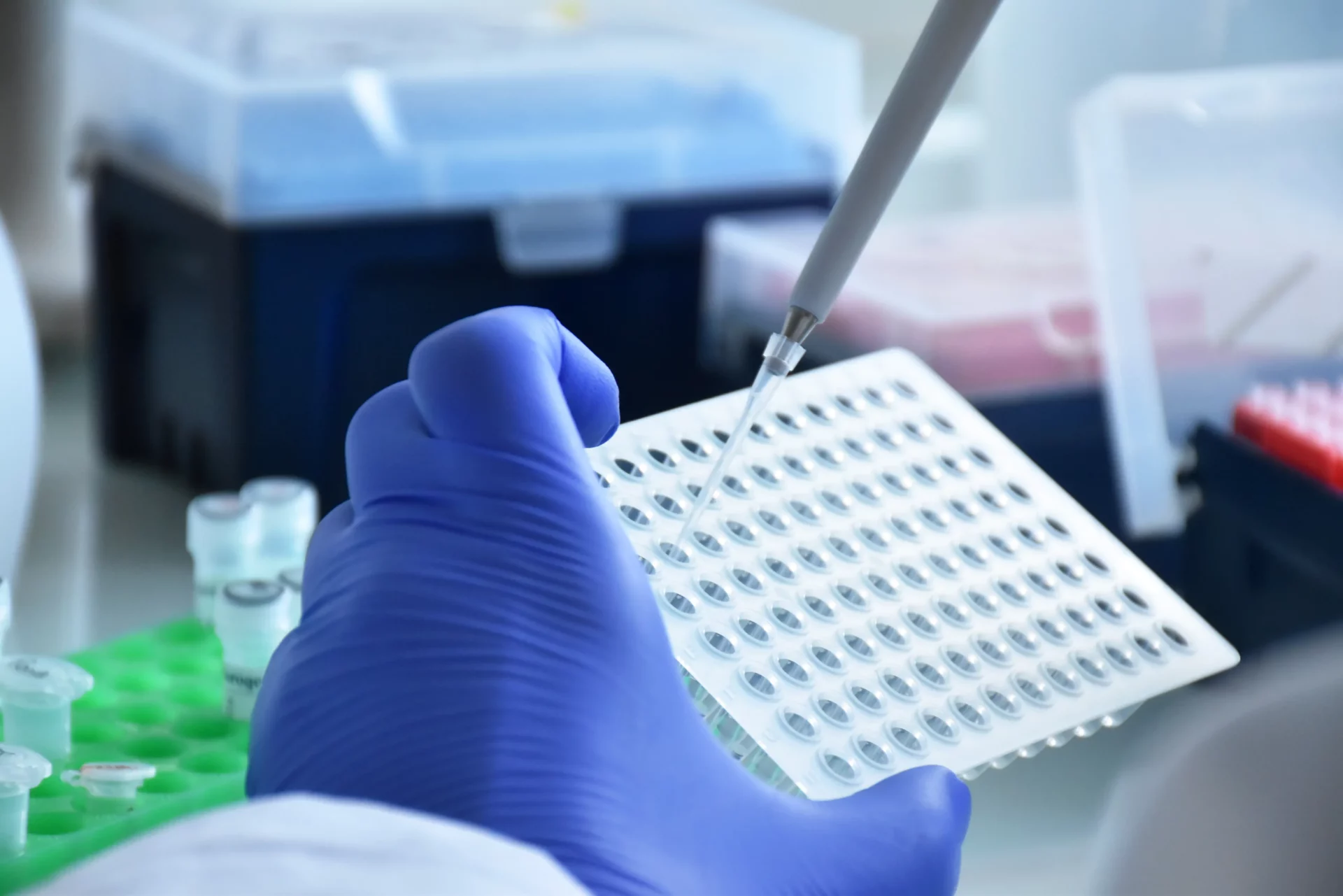1 – Inverse association between microbiota richness and obesity and metabolic disorders (Cotillard 2013)
Depletion of the intestinal microbial flora promotes obesity and metabolic diseases such as diabetes.
2 – Discovery of a new ion channel mutation in pulmonary arterial hypertension (NEJM 2013)
Discovery of a gene coding for an ion channel whose mutation is responsible for a familial form of pulmonary arterial hypertension, a severe disease.
3 – Circulating phospholipids as a signature of NASH in obese patients (J. Hepat 2015)
Depletion of the intestinal microbial flora promotes obesity and metabolic diseases such as diabetes.
4 – Causal link established between epicardial adipose tissue and atrial fibrillation (Venteclef EHJ 2015)
Discovery of a gene coding for an ion channel whose mutation is responsible for a familial form of pulmonary arterial hypertension, a severe disease.
5 – Stair-use interventions in worksites and public settings (Bellicha Prev Med 2015)
Programme to maintain physical activity using means that are accessible on a daily basis in the workplace, such as the use of stairs
6 – Development of an in vitro model to test antifibrotic drugs on primary human liver myofibroblasts (Aoudjehane Lab Invest 2016)
Development of an ex vivo model of the human liver to test the efficacy of new drugs aimed at reducing liver disease
7 – Identification of a new cardiac protein that enables electrical conduction in the longitudinal direction of cardiac fibres (Eichel Circ Res 2016)
8 – 1st world clinical trial (treatment of MC4R Obesity) (Clement Nat Med 2018) 2017 Launch of study
Medical treatment of a rare form of obesity of genetic origin
9 – 1st brown adipocyte model derived from iPS cells (Guenantin Diabetes 2017)
Development of an in vitro model to test the efficacy of new anti-obesity drugs.
10 – Launch of an action plan on clinical cohorts (2017)
This Cohort plan has led to the establishment of numerous partnerships and large-scale research projects.
10 – Launch of an action plan on clinical cohorts (2017)
This Cohort plan has led to the establishment of numerous partnerships and large-scale research projects.
10 – Launch of an action plan on clinical cohorts (2017)
This Cohort plan has led to the establishment of numerous partnerships and large-scale research projects.
11 – ECMO (2017)
Description and study of the impact of extracorporeal oxygenation (ECMO) techniques used in intensive care units on patients in serious cardio-circulatory failure.
12 – Deformation of the wall of the atria correlates with the presence of fibroadipose infiltration in the heart (Hubert Radiology 2018)
Development of imaging software to study the fatty tissue and fibrosis content of cardiac muscle in the clinic.
12 – Deformation of the wall of the atria correlates with the presence of fibroadipose infiltration in the heart (Hubert Radiology 2018)
Development of imaging software that enables the fatty tissue and fibrosis content of cardiac muscle to be studied in the clinic.
12 – Deformation of the wall of the atria correlates with the presence of fibroadipose infiltration in the heart (Hubert Radiology 2018)
Development of imaging software that enables the fatty tissue and fibrosis content of cardiac muscle to be studied in the clinic.
13 – 1st European register of cardiomyopathies (Charron EHJ 2018)
Establishment of a new register of the different types of familial cardiomyopathies, enabling standardised medical management in Europe.
14 – Cholesterol efflux capacity is independently associated with survival in myocardial infarction patients (Guerin, Silvain JACC 2018)
Description of a new biomarker of severity and risk of complications after myocardial infarction.
15 – Identification of a lipid compound involved in insulin resistance in patients with metabolic syndrome (Bandet Foufelle Bourron Diabetes 2018)
16 – Landmark paper on a familial form of rhythmic heart disease, a major cause of sudden death in young patients (Gandjbakhch JACC 2018)
17 – Launch of the CALYPSO project (2018)
Development of new turbines used in the development of new artificial heart-type systems.
18 – Association of steatosis with pre-atherosclerotic lesions by measuring coronary calcium score in cohorts of patients at cardiovascular risk (Pais Hepatology 2019)
Description of a dialogue between the liver and arteries that promotes atherosclerotic plaque formation.
19 – DLK1 (2019)
Description of an epigenetic-type process affecting a DLK1 gene involved in parental imprinting pathologies, Silver-Russel syndrome.
20 – 1st Patient in Cardiovascular Research MRI (2020)
Opening of the first platform dedicated to cardiovascular imaging research in the Paris region.
21 – IHU teams mobilised for COVID-19 (2020)
The IHU teams have been mobilised since the first wave, enabling the implementation of diagnostic tools to identify patients at high risk of severe forms of COVID requiring transfer to intensive care.
22 – Identification of a new receptor involved in hepatic cell death in lipid overload liver disease (Maajdi J Hepat 2020)
23 – Publication of new European recommendations for the management of patients with familial dyslipidaemia (Bruckert Eur Heart 2020)
24 – European funding for the first project to set up a digital platform to improve the identification of patients at risk of atrial fibrillation and stroke.
Description of a dialogue between the liver and the arteries that promotes the formation of atherosclerotic plaques.








